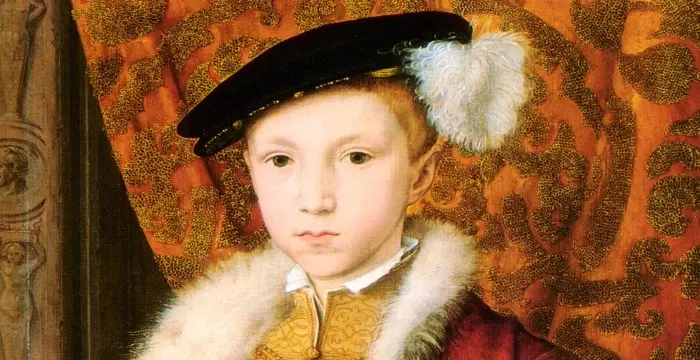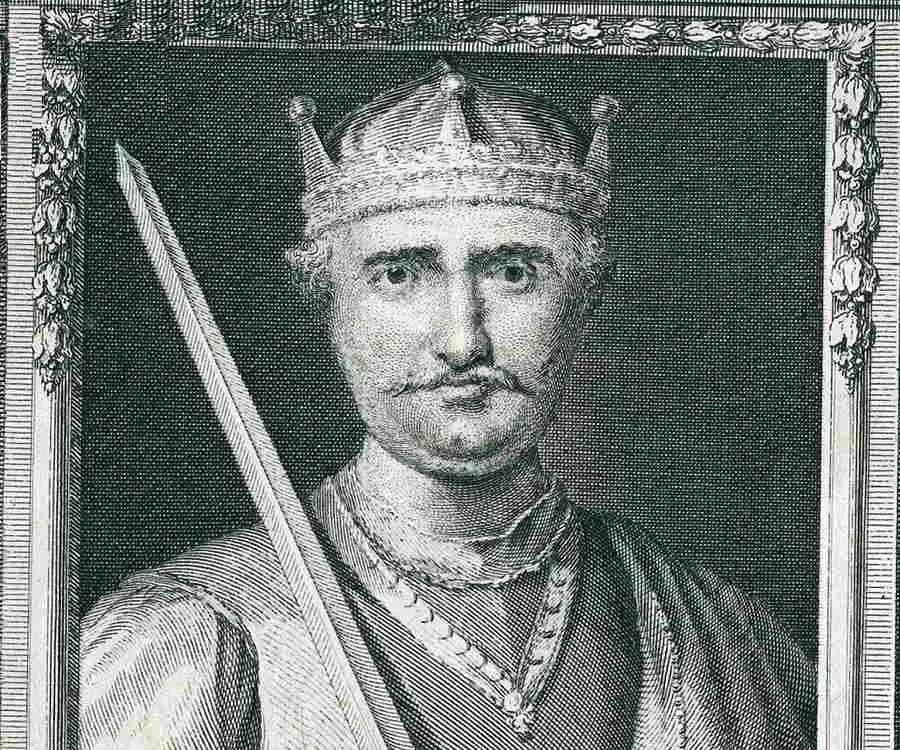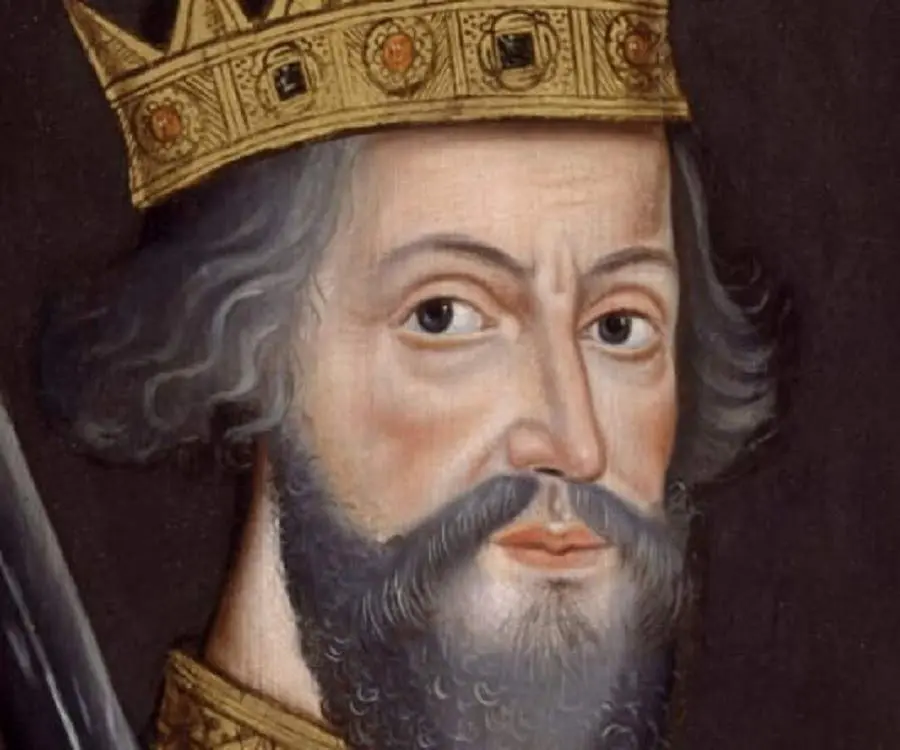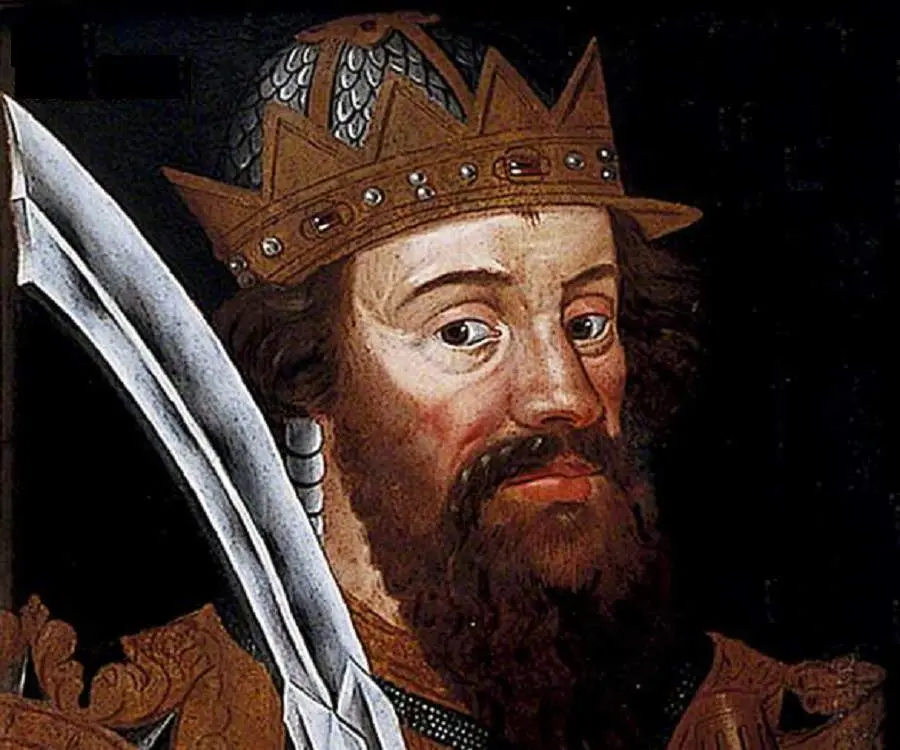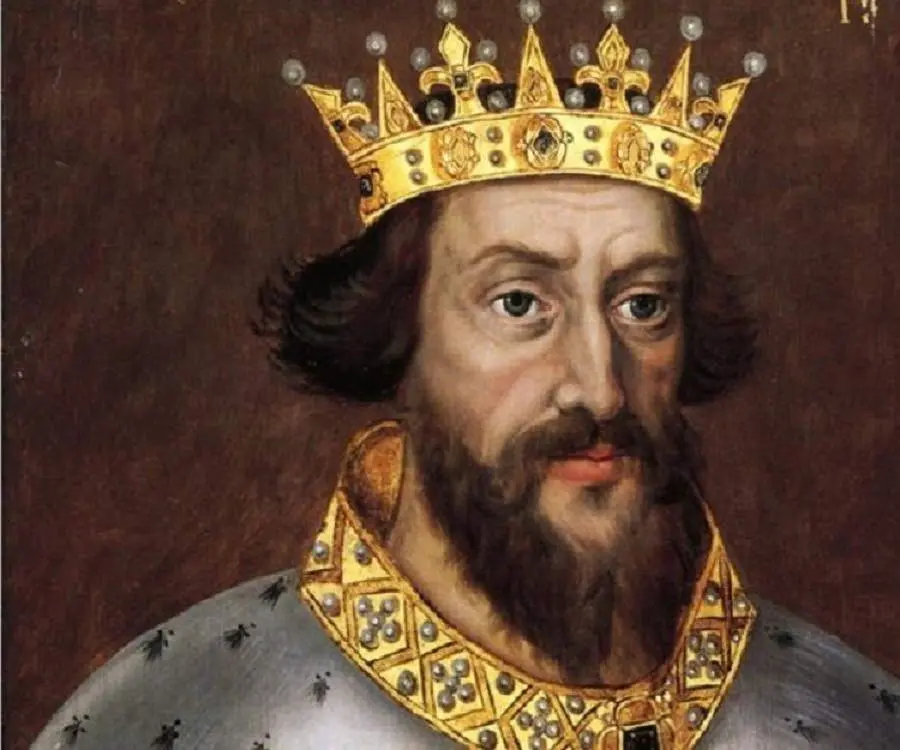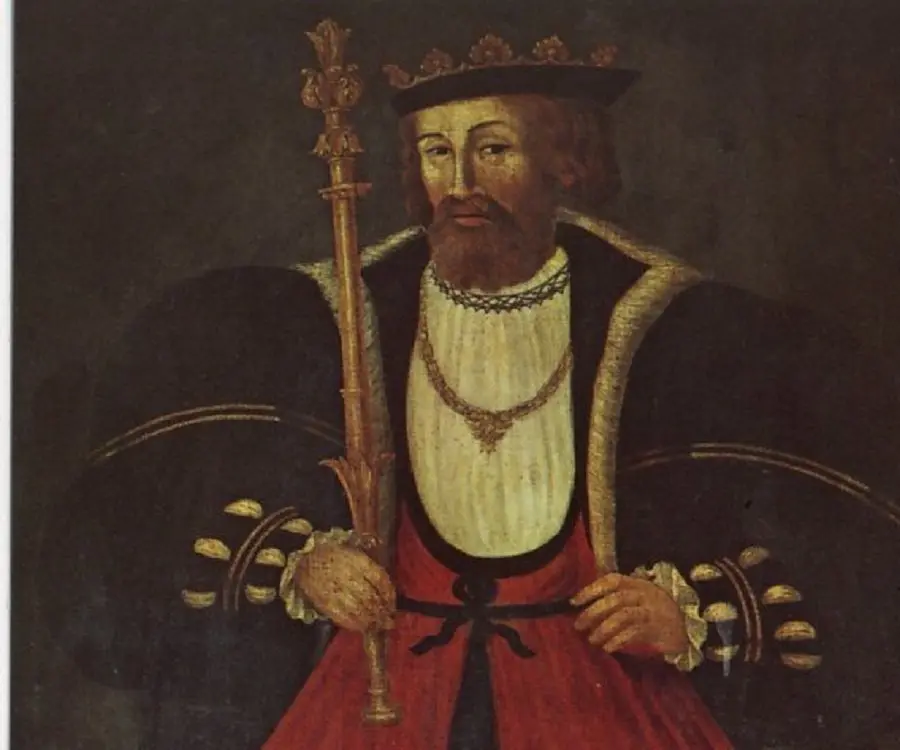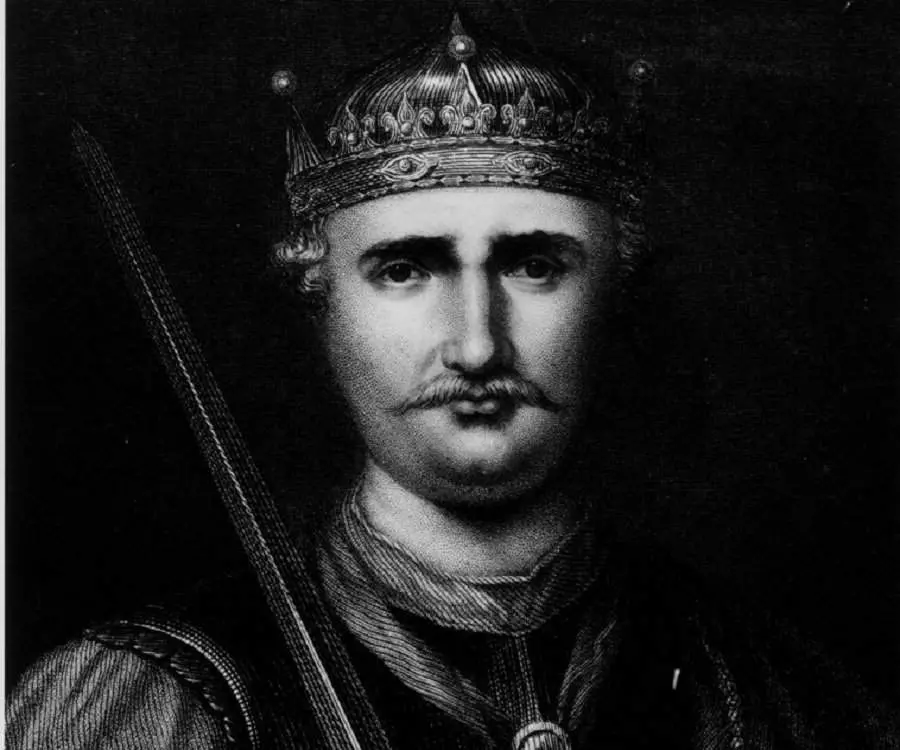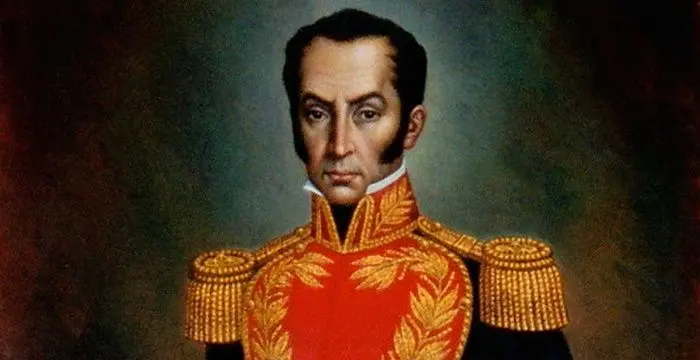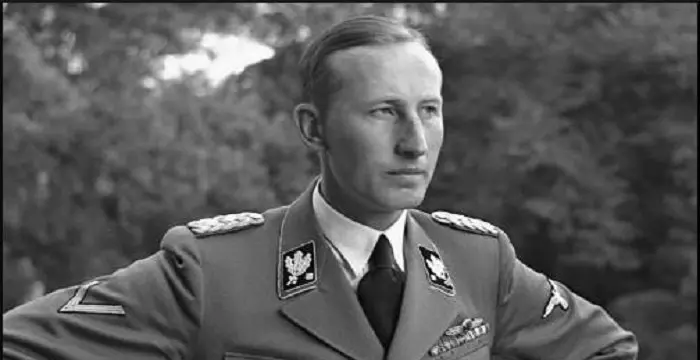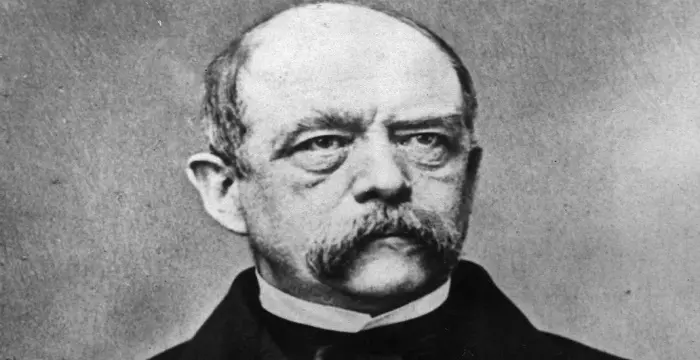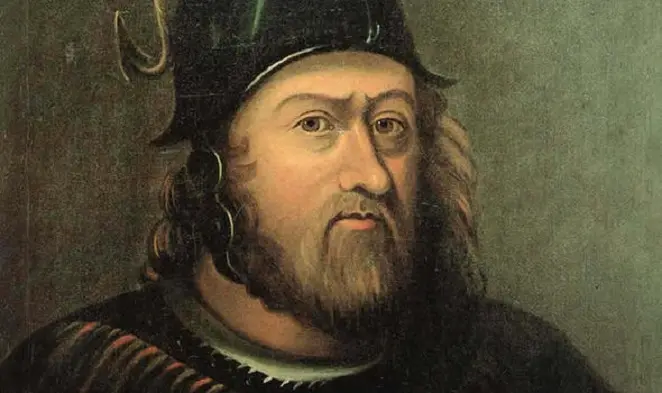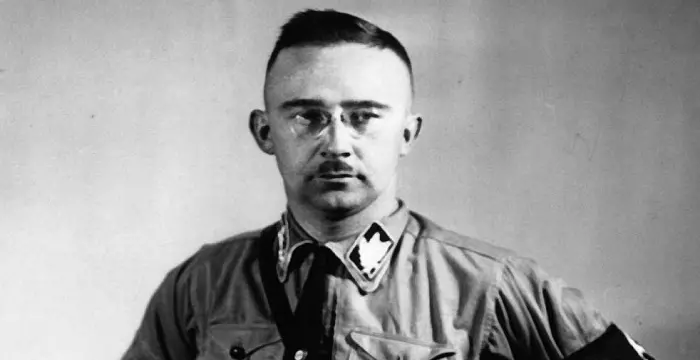
William the Conqueror - Kings, Family and Personal Life
William the Conqueror's Personal Details
William the Conqueror was the Duke of Normandy, who later became the King of England
| Information | Detail |
|---|---|
| Birthday | 1028 |
| Died on | September 9, 1087 |
| Nationality | British |
| Famous | Poorly Educated, Historical Personalities, Emperors & Kings, Military Leaders, Emperors, King of England, Kings |
| Nick names | William the Bastard |
| Spouses | Matilda of Flanders |
| Siblings | Adelaide of Normandy, Count of Mortain, Earl of Kent, Odo, Robert |
| Known as | William I of England |
| Childrens | Henry I of England, William II of England |
| Founder / Co-Founder |
|
| Cause of death |
|
| Birth Place | Duchy of Normandy |
| Gender | Male |
| Father | Robert I, Duke of Normandy |
| Mother | Herleva |
| Born in | Duchy of Normandy |
| Famous as | King of England |
| Died at Age | 59 |
// Famous King of England
Harold Godwinson
Harold Godwinson was an Anglo Saxon King of England in the 11th Century. Check out this biography to know about his birthday, childhood, family life, achievements and fun facts about him.
Edward VI of England
Edward VI served as the King of England, from 1547 until his death in 1553. Check out this biography to learn in details about his life, his works as a king and timeline
William III of England
William III was the stadtholder of the main provinces of the Dutch Republic and the king of England, Ireland, and Scotland (King William II of Scotland). Check out this biography to know more about his childhood, family, life history, etc.
William the Conqueror's photo
Who is William the Conqueror?
William the Conqueror was the Duke of Normandy, who later became the King of England. He was crowned the Duke in 1035 and over the years made himself the mightiest noble in France, later seizing the English throne in 1066. Born in France, William was an illegitimate child of Robert I, Duke of Normandy, who died abruptly while returning from a pilgrimage and thus, at the age of 8, William inherited his father’s throne. His early reign was plagued with violence as the feudal barons fought for the control of his fragile dukedom but William managed to survive them and grew up to become a great warrior, crushing the rebels and restoring his kingdom. Subsequently, childless King Edward the Confessor promised William succession to the English throne but upon Edward’s death, one of Edward’s relatives succeeded him as the King. Unsurprisingly, William felt betrayed and attacked England, which came to be known as the Battle of Hastings. Successful in his conquest of the English throne, William was crowned King and ruled England for 21 years (1066–1087) until his death. This conquest changed the course of English history, transforming almost every aspect of the nation, eventually making England the most powerful nation in Europe. One of the most significant figures of medieval English history, William left a profound mark on both Normandy and England
// Famous Emperors
Sundiata Keita
Sundiata Keita was the founder of the Mali Empire in West Africa. This biography profiles his childhood, early life, struggles, founding of empire, rule, administration, achievements and also gives some fun facts.
Ashoka
Ashoka was the third emperor of the Mauryan Dynasty and ruled almost the entire Indian subcontinent. This biography profiles his childhood, life, reign, achievements and timeline
Murad IV
Murad IV was one of the mighty Sultans in the history of the Ottoman Empire. This biography profiles his childhood, family, accession, rule, administration and timeline.
Childhood & Early Life
William I, famously known as William the Conqueror, was an illegitimate child, born around 1028 at Falaise, Normandy, to Robert I, Duke of Normandy and his mistress, Herleva.
In 1035, before leaving for pilgrimage to Jerusalem, Robert declared William as his heir to the throne of Normandy. On his way back, Robert died suddenly and the young William, aged 8, inherited the dukedom.
The early years of William’s reign were afflicted with violence and corruption as the barons constantly rebelled and conspired to gain control of the kingdom. However, with good fortune and some help from Robert’s loyal men, William survived and evolved into a dominating ruler with an aversion towards lawlessness.
By 1042, William was knighted, and from 1046 until 1055, he dealt with a series of baronial rebellions. He returned to Normandy and asserted his authority, defeating the insurgents after which he began to restore order in his dukedom.
Accession & Reign
Upon gaining a firm control over his duchy, William started expanding the territories under his kingdom. By 1064, he was successful in conquering two neighboring provinces, Brittany and Maine.
Meanwhile, the King of England, Edward the Confessor, who had no heir to his throne and was a distant relative of William, promised William succession to the English throne.
However, upon Edward’s death in 1066, his brother-in-law, Harold Godwin, claimed the throne of England for himself despite having made an oath earlier to support William in his claim. As a consequence of this betrayal, William decided to invade England and enforce his claim.
William assembled his troops but due to bad weather, their plan of attack was delayed for several weeks. Meanwhile, Harold’s exiled brother, Tostig, joined hands with the King of Norway and together they invaded England from the North Sea.
Harold, who had been preparing for William's invasion from the south, rapidly moved his army north to defend England from Norway. Although Tostig and his allies were ultimately defeated in the battle, their sudden attack proved to be beneficial for William.
After defeating the Norwegians, Harold’s troops marched back down to fight William’s army without a rest and in October 1066, the two armies met in the famous ‘Battle of Hastings’. King Harold, along with his two brothers, was killed in the battle and William's path to the English throne became clear.
On Christmas Day, 1066, William the Conqueror was crowned the King of England in Westminster Abbey. Upon ascending the throne, William introduced the Norman practice of building castles in England, including the Tower of London.
During the next few years, there occurred several rebellions under his reign which William cleverly manipulated to confiscate English land and declare it his personal property, later giving it to Norman barons.
William’s conquest played a significant role in shaping the history of England by transforming its language and literature as well as art and architecture. Due to his policies and efforts, Britain emerged as the most powerful nation of Europe.
During the last 15 years of his life, William mostly remained in Normandy, retaining most of the greatest Anglo-Norman barons with him. He effectively confided the English government to his loyal bishops.
Major Works
After seizing the English throne, William retained most of the country’s institutions and was much eager to learn about his new property. He ordered a detailed and economic survey of the population and property of England, the results of which are compiled in the two volumes of ‘The Domesday Book’. Viewed as one of the greatest administrative accomplishments of the Middle Ages, the book currently rests in the Public Record Office in London.
Personal Life & Legacy
William the Conqueror was married to Matilda of Flanders, the daughter of Count Baldwin V of Flanders. The couple had a large family which consisted of four sons and five or six daughters.
William died on September 9, 1087, in Priory of Saint Gervase, Rouen, Normandy, after sustaining injuries in a horse riding accident. He was buried in the monastery of Saint-Étienne de Caen, France.
// Famous Kings
Sundiata Keita
Sundiata Keita was the founder of the Mali Empire in West Africa. This biography profiles his childhood, early life, struggles, founding of empire, rule, administration, achievements and also gives some fun facts.
Ashoka
Ashoka was the third emperor of the Mauryan Dynasty and ruled almost the entire Indian subcontinent. This biography profiles his childhood, life, reign, achievements and timeline
Murad IV
Murad IV was one of the mighty Sultans in the history of the Ottoman Empire. This biography profiles his childhood, family, accession, rule, administration and timeline.
William the Conqueror biography timelines
- // 1028William I, famously known as William the Conqueror, was an illegitimate child, born around 1028 at Falaise, Normandy, to Robert I, Duke of Normandy and his mistress, Herleva.
- // 1035In 1035, before leaving for pilgrimage to Jerusalem, Robert declared William as his heir to the throne of Normandy. On his way back, Robert died suddenly and the young William, aged 8, inherited the dukedom.
- // 1042 To 1055By 1042, William was knighted, and from 1046 until 1055, he dealt with a series of baronial rebellions. He returned to Normandy and asserted his authority, defeating the insurgents after which he began to restore order in his dukedom.
- // 1064Upon gaining a firm control over his duchy, William started expanding the territories under his kingdom. By 1064, he was successful in conquering two neighboring provinces, Brittany and Maine.
- // 1066However, upon Edward’s death in 1066, his brother-in-law, Harold Godwin, claimed the throne of England for himself despite having made an oath earlier to support William in his claim. As a consequence of this betrayal, William decided to invade England and enforce his claim.
- // 1066On Christmas Day, 1066, William the Conqueror was crowned the King of England in Westminster Abbey. Upon ascending the throne, William introduced the Norman practice of building castles in England, including the Tower of London.
- // Oct 1066After defeating the Norwegians, Harold’s troops marched back down to fight William’s army without a rest and in October 1066, the two armies met in the famous ‘Battle of Hastings’. King Harold, along with his two brothers, was killed in the battle and William's path to the English throne became clear.
- // 9th Sep 1087William died on September 9, 1087, in Priory of Saint Gervase, Rouen, Normandy, after sustaining injuries in a horse riding accident. He was buried in the monastery of Saint-Étienne de Caen, France.
// Famous Military Leaders
Sitting Bull
Sitting Bull was a Teton Dakota Indian chief who led Sioux tribes in their struggle for survival on the North American Great Plains.
Simon Bolivar
Simón Bolívar was a Venezuelan military leader who was instrumental in independence of several Latin American countries from the Spanish rule. This biography profiles his childhood, life, achievements and timeline.
Reinhard Heydrich
Reinhard Heydrich was a high-ranking German Nazi official during the World War II. Check out this biography to know about his childhood, family life, achievements and other facts about his life.
Otto von Bismarck
Otto von Bismarck served as the Chancellor of Germany and the Prime Minister of Prussia. He unified the German states into a powerful German empire. This biography profiles his childhood, political career, life, achievements and timeline.
William Wallace
William Wallace was a Scottish knight who was a central figure in the Wars of Scottish Independence. This biography of William Wallace provides detailed information about his childhood, life, achievements, works & timeline.
Heinrich Himmler
Heinrich Himmler was a German Nazi military commander and a close associate of Adolf Hitler. This biography profiles his childhood, family, personal life, role in concentration camps and his death.
William the Conqueror's FAQ
When was William the Conqueror died?
William the Conqueror was died at 1087-09-09
Where was William the Conqueror died?
William the Conqueror was died in Rouen
Which age was William the Conqueror died?
William the Conqueror was died at age 59
Where is William the Conqueror's birth place?
William the Conqueror was born in Duchy of Normandy
What is William the Conqueror nationalities?
William the Conqueror's nationalities is British
What is William the Conqueror nick names?
William the Conqueror's nickNames is William the Bastard
Who is William the Conqueror spouses?
William the Conqueror's spouses is Matilda of Flanders
Who is William the Conqueror siblings?
William the Conqueror's siblings is Adelaide of Normandy, Count of Mortain, Earl of Kent, Odo, Robert
Who is William the Conqueror childrens?
William the Conqueror's childrens is Henry I of England, William II of England
Which company or organization was founded by William the Conqueror?
William the Conqueror was the founder/co-founder of Norwich Castle
What is William the Conqueror's cause of dead?
William the Conqueror dead because of Accident
Who is William the Conqueror's father?
William the Conqueror's father is Robert I, Duke of Normandy
Who is William the Conqueror's mother?
William the Conqueror's mother is Herleva
How famous is William the Conqueror?
William the Conqueror is famouse as King of England

